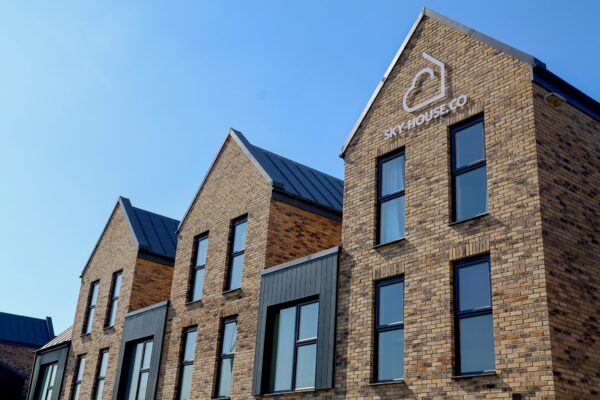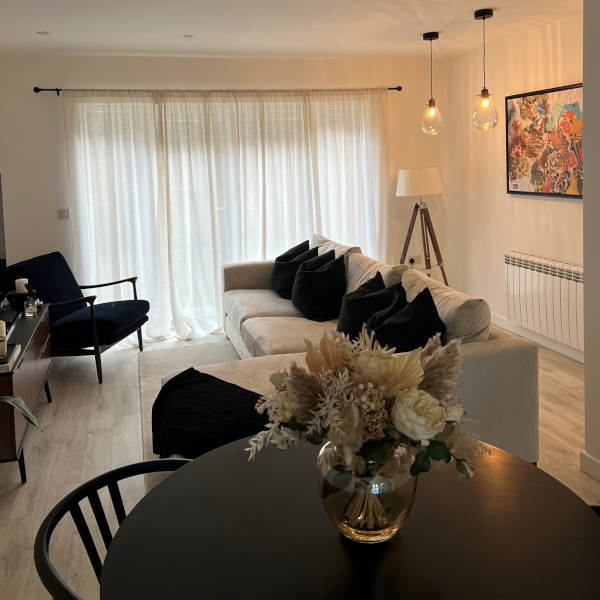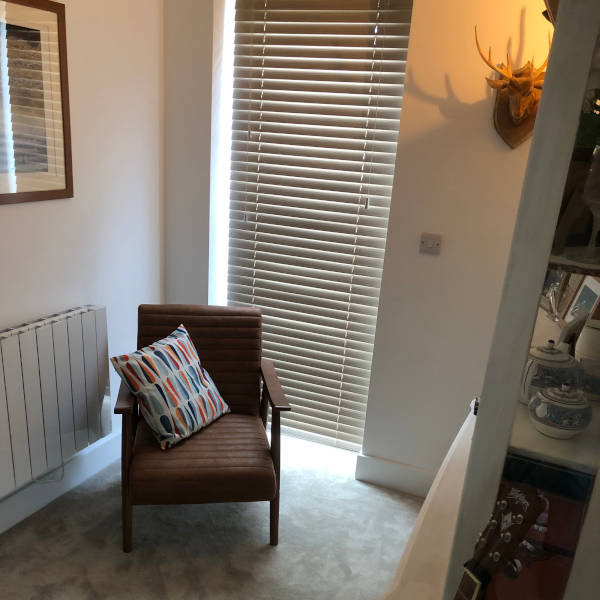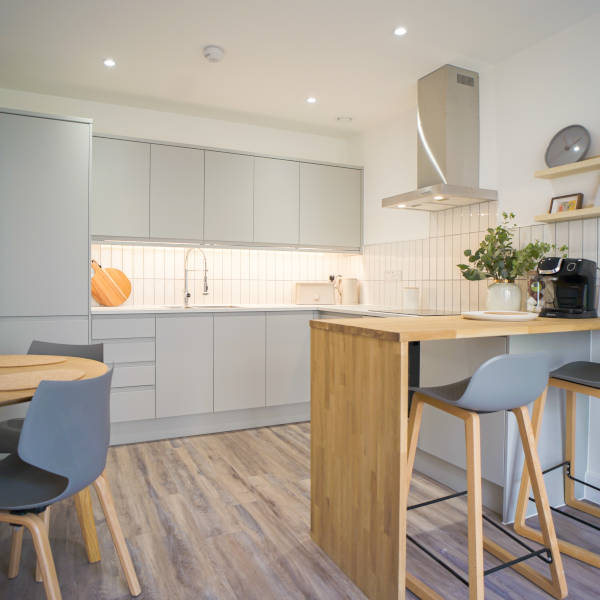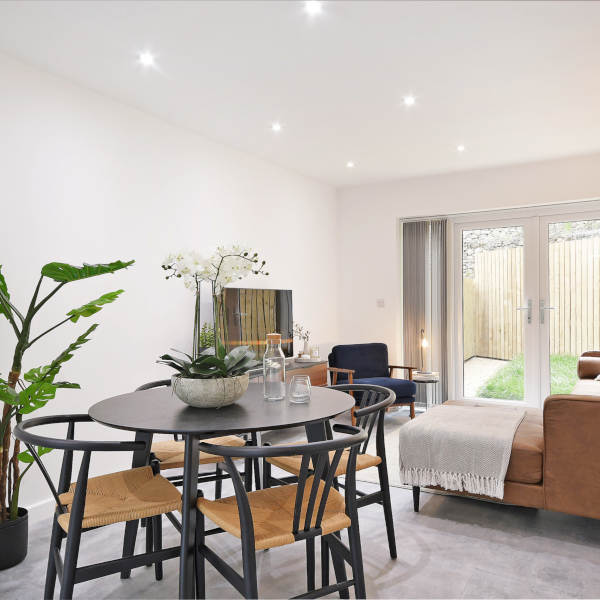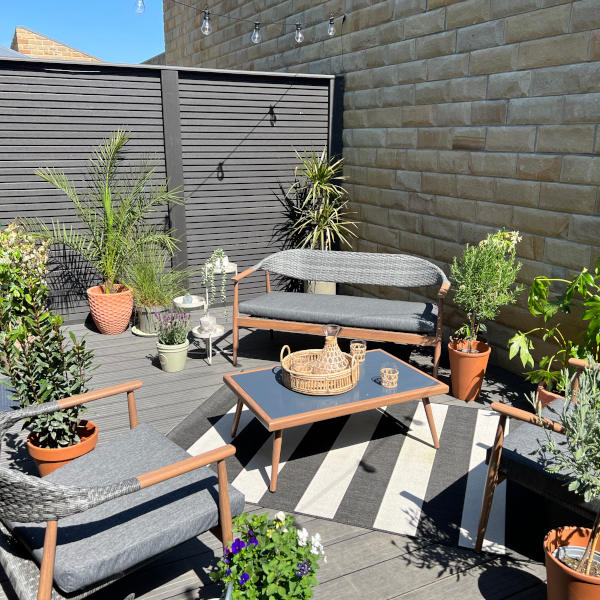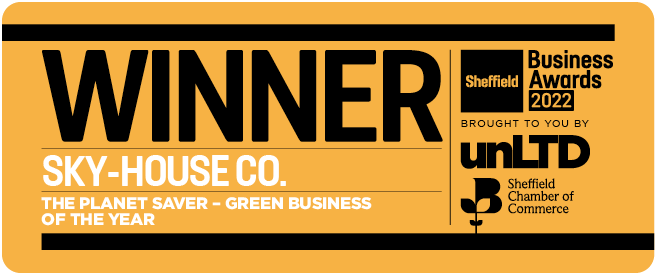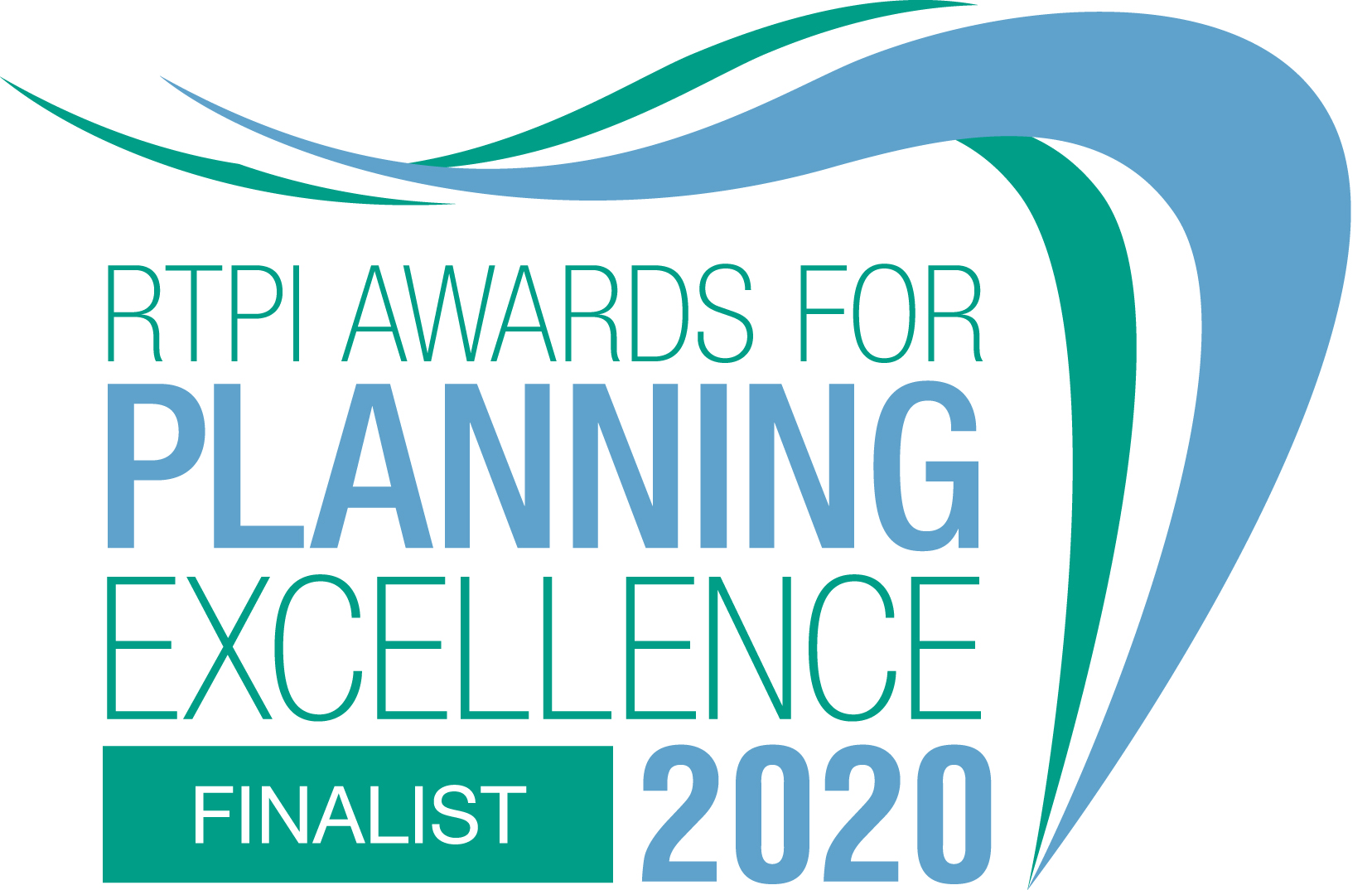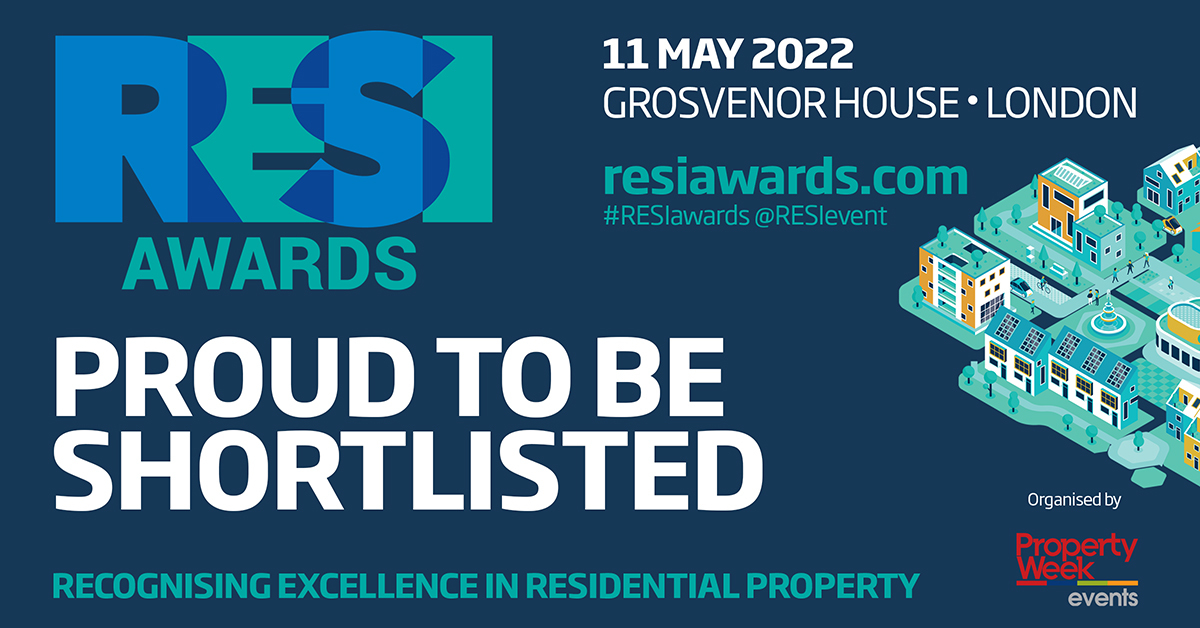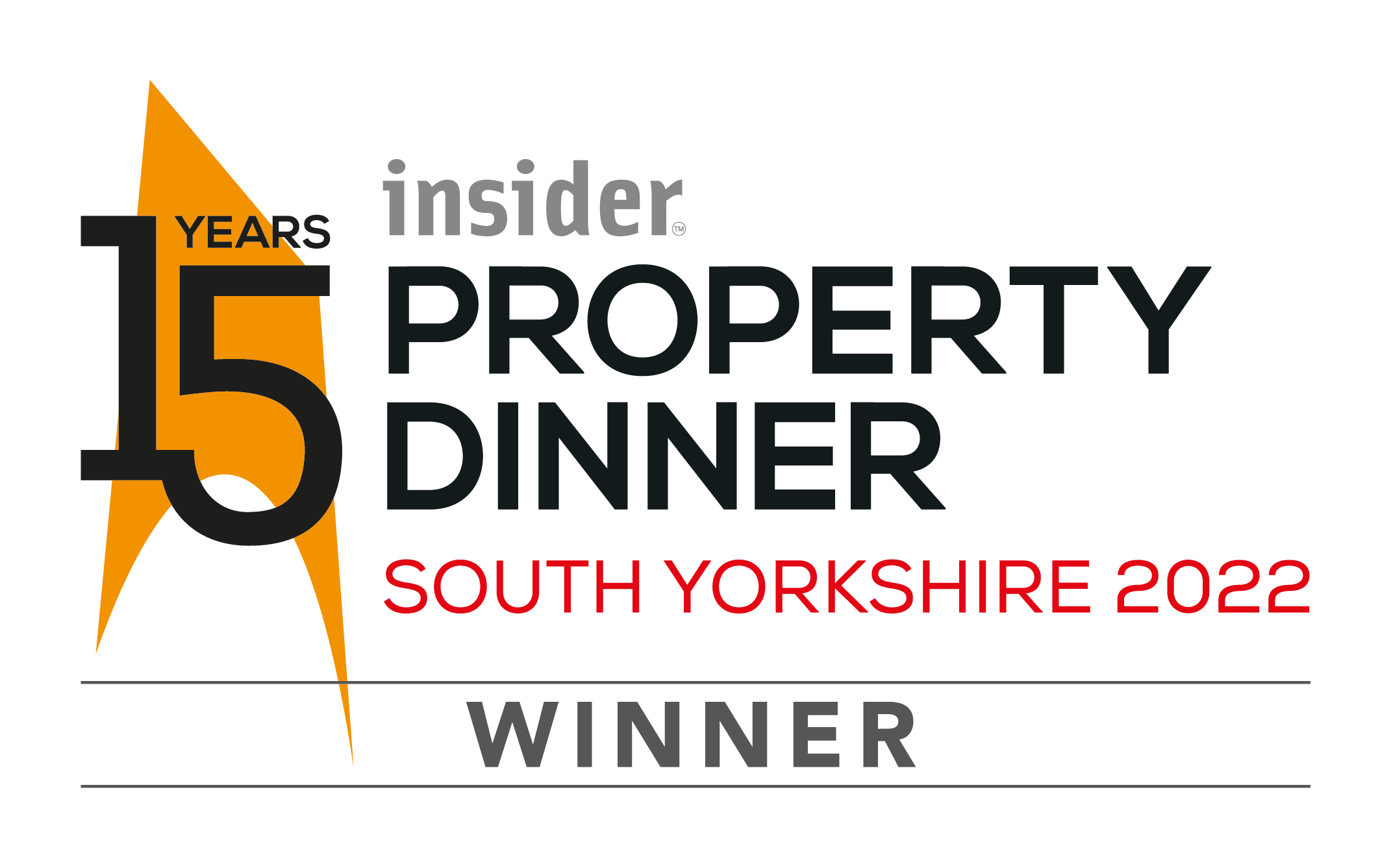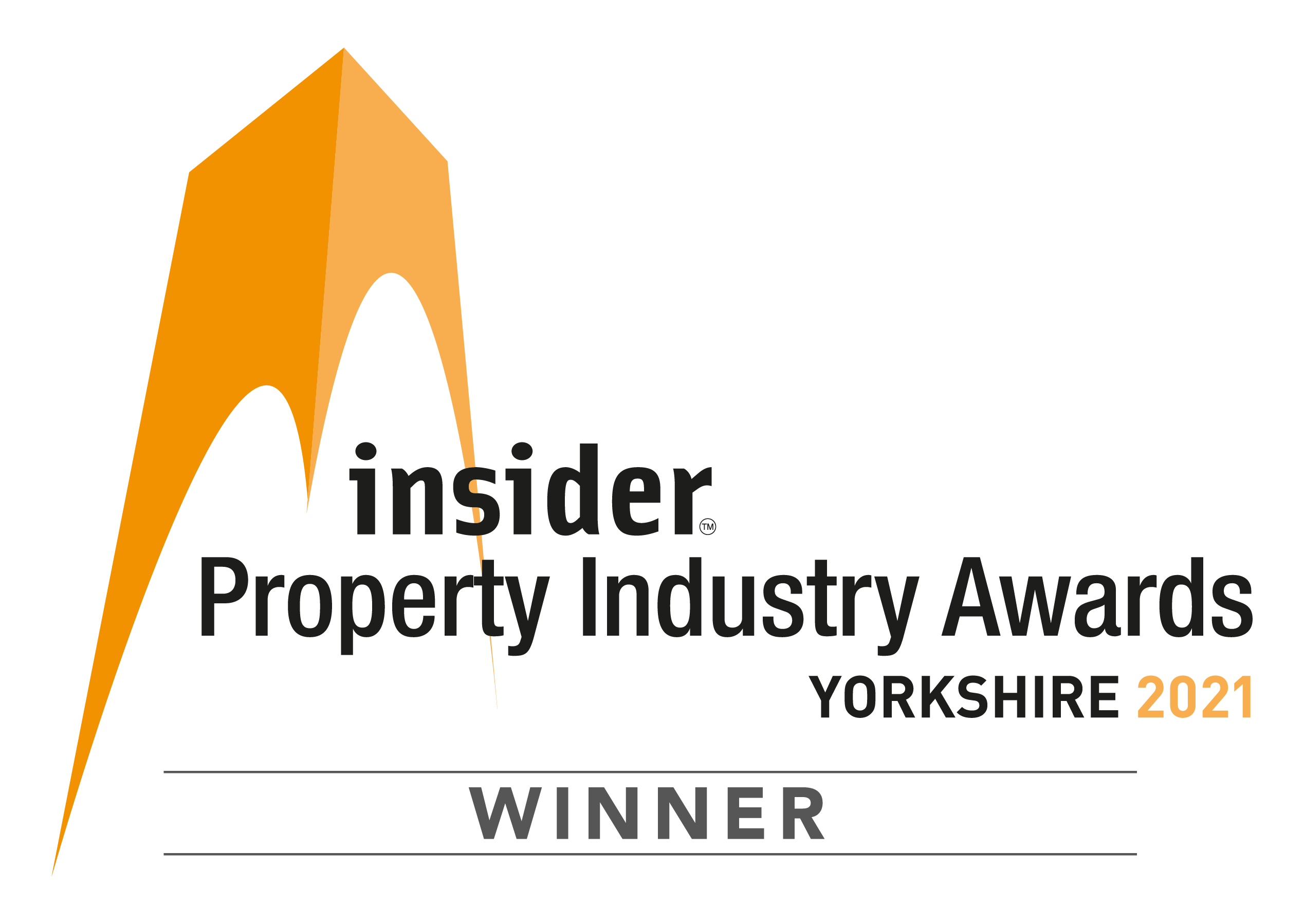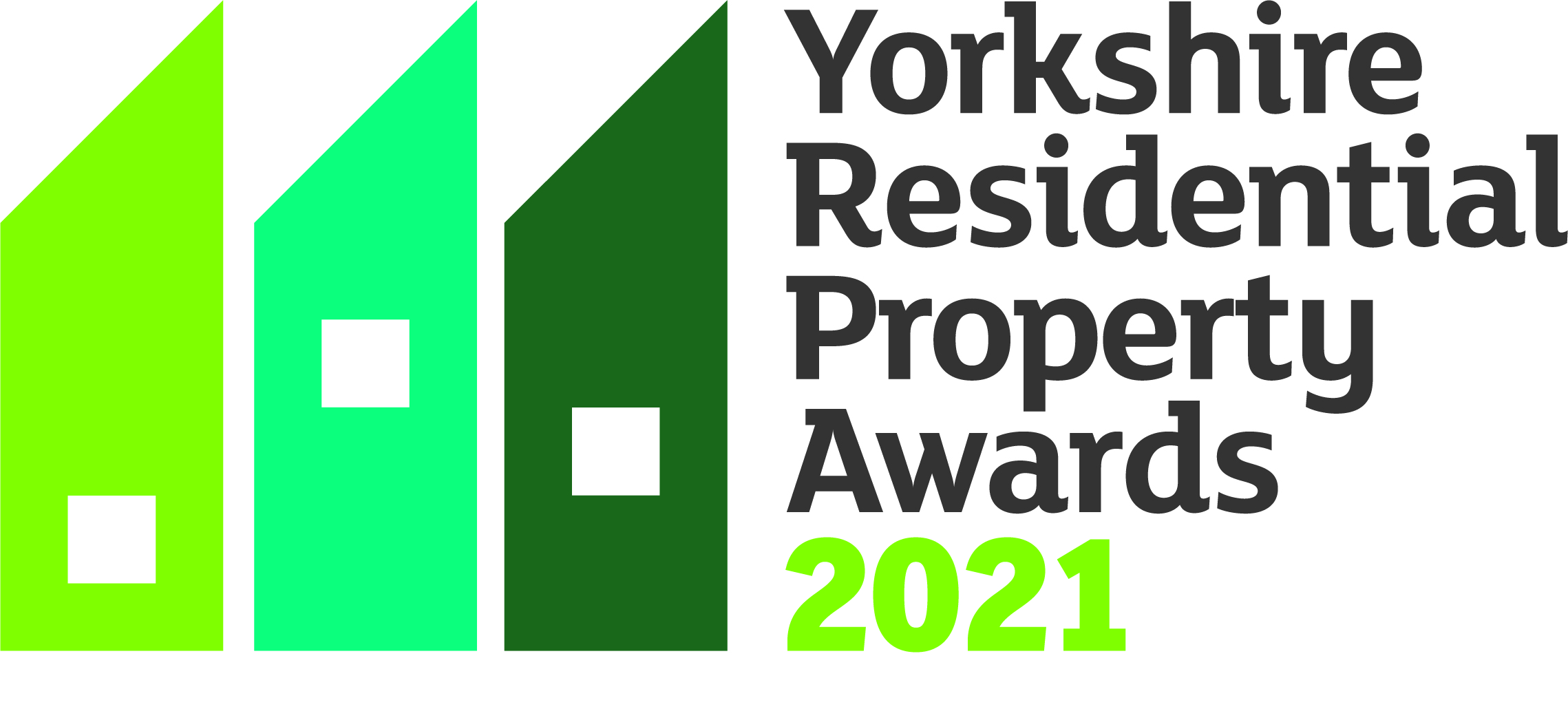The Different Types of Mortgages Explained
Embrace your journey
Choosing the right mortgage for you can be an overwhelming decision, from navigating complex jargon to the never-ending providers and the deals available. A mortgage is a long-term commitment, and it’s essential to understand the options available before embarking on your home buying journey.
Within this simple guide, you can discover what’s available on the market, the variables between them, and what’s applicable depending on your circumstances.
Discover the buying journey
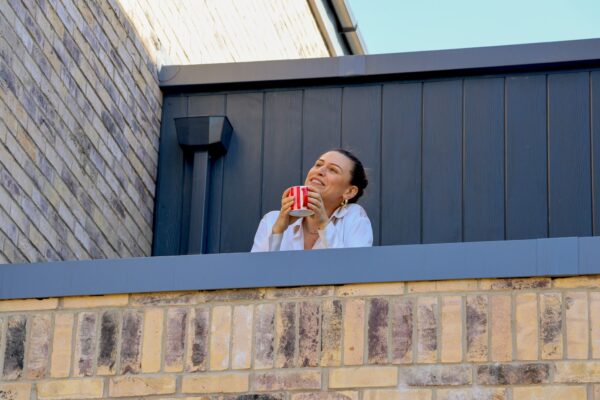
What are the different types of mortgages?
When stepping onto the property ladder, understanding the different types of mortgages is key to making the right decision for your future. Each option offers its own benefits and considerations, depending on your financial situation and how long you plan to stay in your new home. From fixed rates that provide stability, to variable options that move with the market, this section will guide you through the core mortgage types to help you make an informed choice.
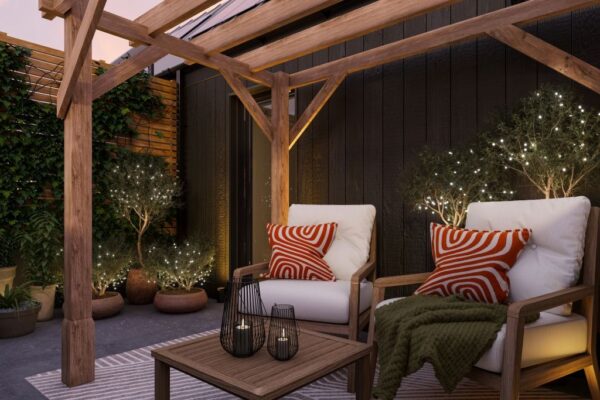
Fixed-rate mortgages
The most common type of mortgage on the market, fixed-rate mortgages offer a set interest rate for a specified number of years. This is popular with most homeowners or those looking to remortgage, this is due to the monthly mortgage repayment not being affected by the Bank of England’s variable rates. These commonly come in two, three, five or ten-year terms and will require homeowners to remortgage their property by the end of their term.
Variable rate mortgages
A variable rate mortgage results in your monthly repayment going up or down, depending on current interest rates. The most common type of mortgage under this sub-type is the Standard Variable Rate (SVR), which becomes commonplace upon the end of a fixed rate or mortgage deal. However, at this stage, homeowners will typically switch to a different provider for a better rate, also known as remortgaging.
Tracker mortgage
This type of mortgage tracks the Bank of England’s base rate with an additional percentage on top. As the base rate increases, so do the monthly repayments; likewise, the payments will decrease if the rate lowers. A ‘collar rate’ is typically set in order to stop your rate from dropping below a set threshold, with no limit to how high it can increase.
Discount mortgages
Another variant of a variable rate mortgage, this deal applies a specified discount on top of your lender’s SVR. The monthly payments can still move up and down depending on the base rate, but at a reduced cost to the standard percentage. This is typically found as an introductory deal that lasts for two years or less.
Interest-only and repayment
Repayment mortgages are the most common type of deal taken out by homeowners, which involves paying off the property loan at a specified interest rate dictated by the lender. An interest-only mortgage means that only the interest on the loan is paid each month, which makes the full loan amount liable to be paid by the end of the term agreement.
Joint mortgage
Obtaining a joint mortgage application is incredibly common, which involves taking out a loan alongside another individual. A joint application greatly increases your borrowing power, the rates available and the type of property you can afford. With most lenders borrowing a maximum of 5 times your annual income, this can effectively double the amount that can be loaned compared to a single buyer.
Specialist types of mortgages
There are a wide range of specialist mortgage products designed to support buyers with specific needs or circumstances. Whether you’re purchasing your first home, buying with a low deposit, or investing in energy-efficient living, these schemes are created to make home ownership more accessible and affordable. In this section, we explore these tailored options, backed by government schemes or lender initiatives, that could help turn your dream home into a reality.
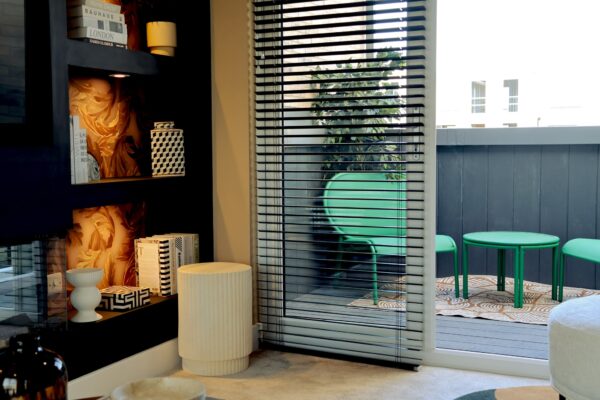
Shared ownership
This mortgage type allows individuals to buy a portion of the property, paying rent on the outstanding amount. This is a government-supported scheme and aims to make home ownership more accessible for those who may have lower incomes. Typically, the buyer will pay for 75% of their share, but this can vary depending on the scheme available.
95% mortgage
A 95% mortgage is the loan-to-value (LTV) mortgage amount on the property when applying for a loan. Traditionally, lenders often required a 10% deposit as a minimum, resulting in a 90% LTV. However, to ensure homes can be purchased more easily, it’s now not uncommon for lenders to accept 5%. The offset is that a lower deposit often leads to slightly higher interest rates.
Green mortgages
More lenders are offering green mortgages, offering incentives for having an energy-efficient home. With the government’s drive towards a net-zero future, homeowners can benefit from lower interest rates or cashback offers. Although there’s a strive for an EPC rating of C or above, most lenders currently provide these mortgages for ratings of A and B.
New build mortgage
Specifically designed for properties two years old or less, new build mortgages tailor around the timeline that occurs when purchasing a development. Occasionally, the mortgage offer can come with longer periods of validity, but generally works the same as a regular mortgage would.
Get home-ready with Sky-House
We strive to make the homebuying journey as easy as possible, finding joy throughout the process. With the help of our trusted sales advisors, recommended solicitors and friendly guided support, we can help navigate the market and take the step towards finding the right mortgage for you.
Our homes are built for life, centred around our communities and the natural environment. With outstanding features such as rooftop terraces and sustainable integrations, we are proud to deliver quality at all times. For advice on a Sky-House home, contact a friendly member of our team today.
Get in touch
